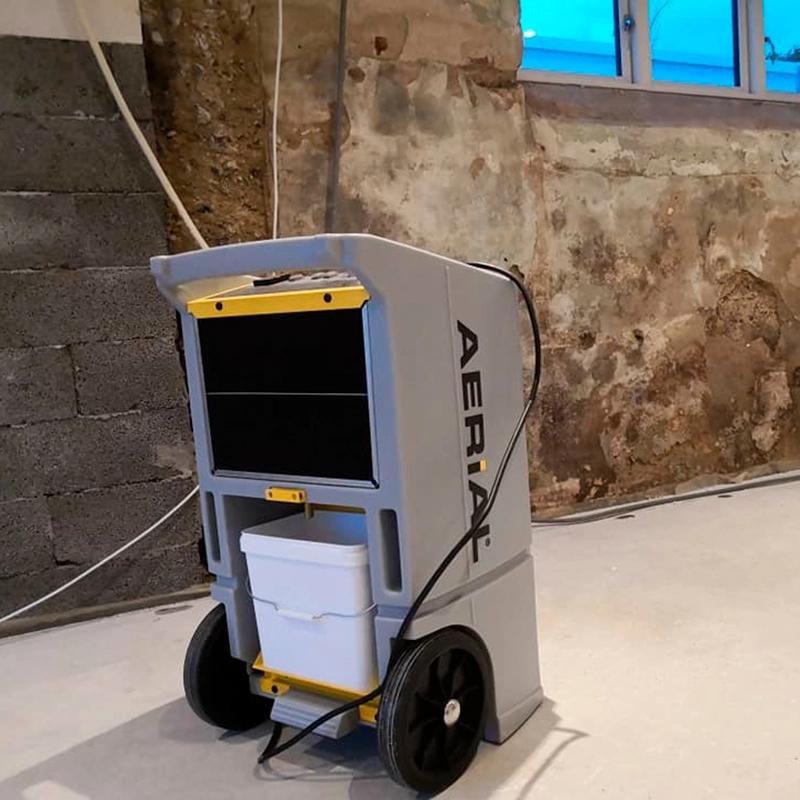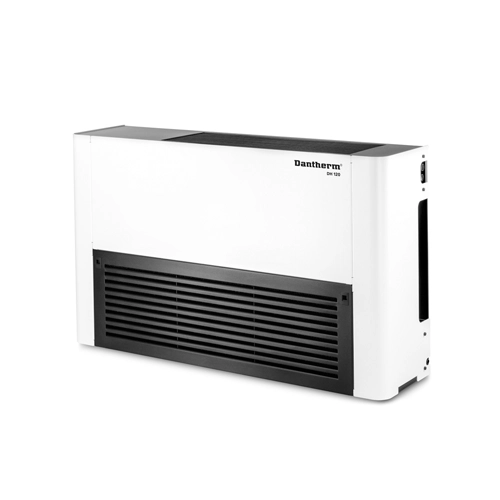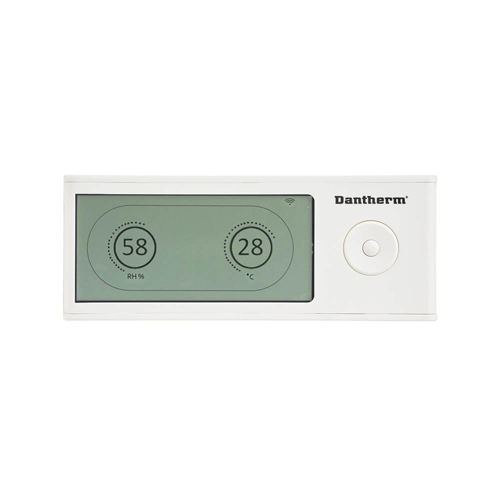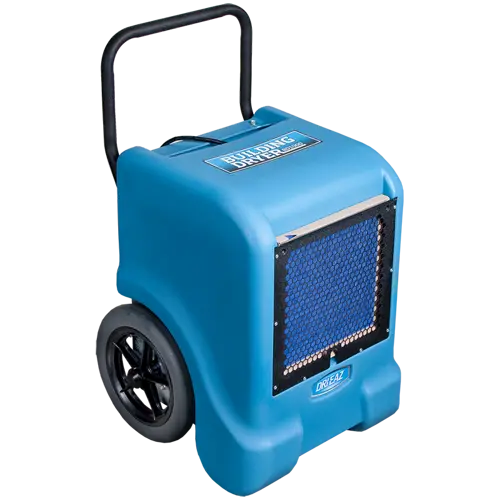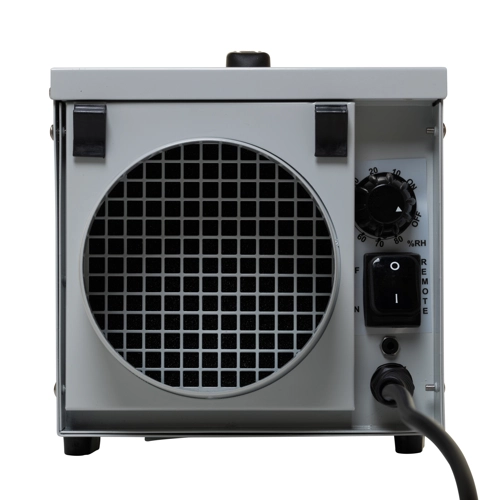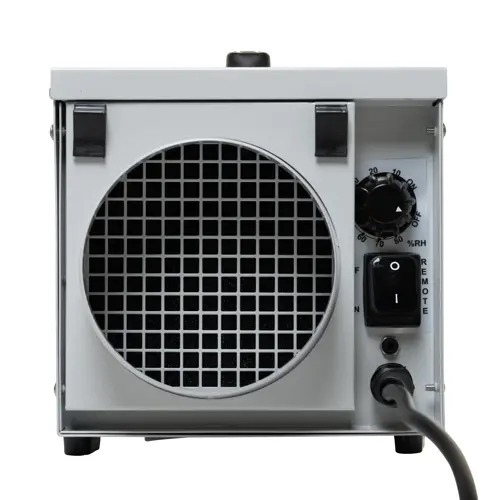Free shipping on all of our Arcotherm Product for a limited time only! Click here to buy
Solutions Centre
If you are experiencing problems with humidity & damp in your home or business premises, we can provide a solution. High relative humidity in an indoor space can lead to issues with condensation, damp and mould, it can damage materials and equipment kept within a space and it can cause health problems for people with allergies and breathing problems. Whatever your humidity & damp problems, we can provide a solution!
Select your need from below.
Water Damage Restoration

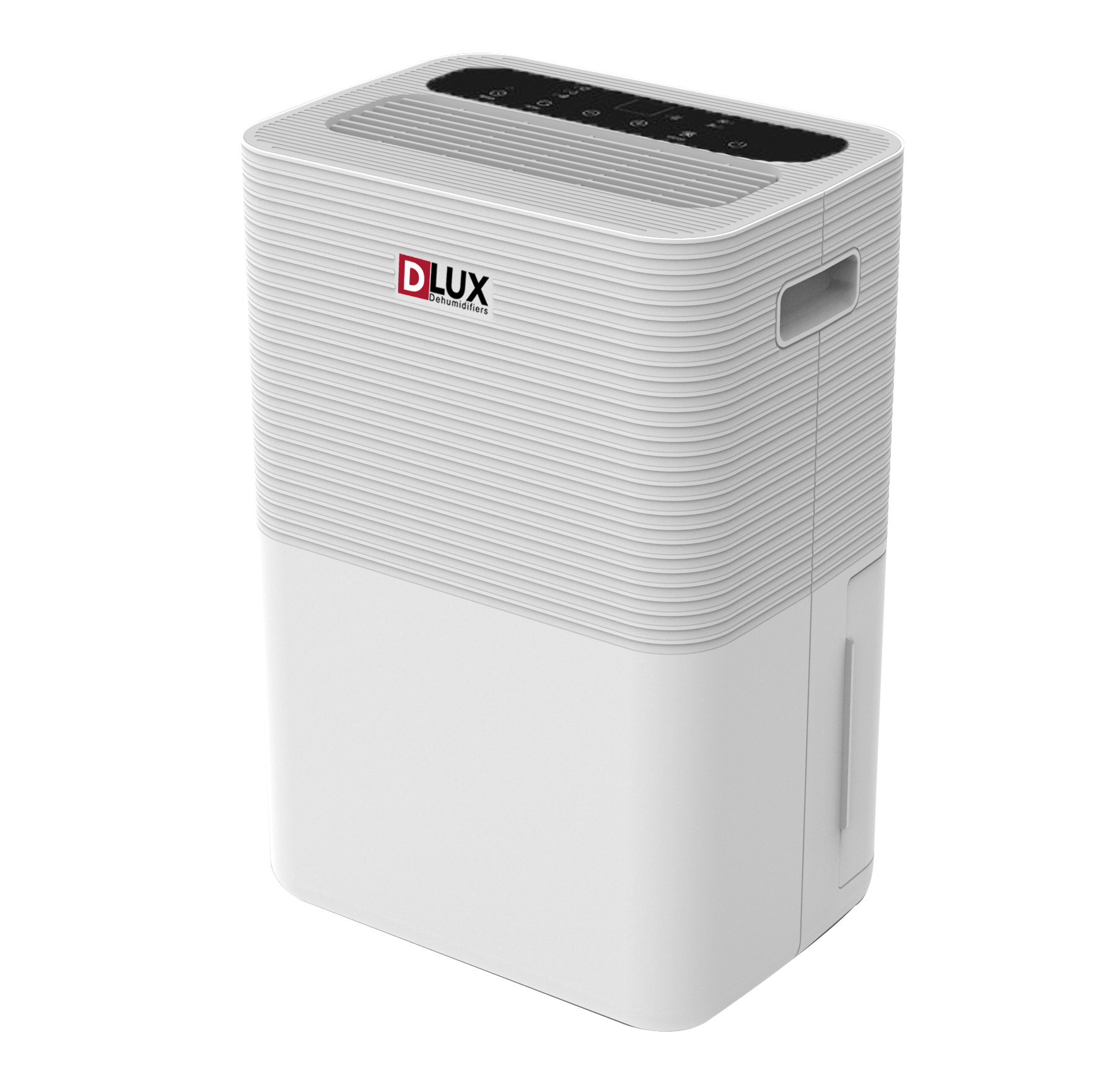
Air Conditioning Centre
Air Conditioning Centre DLUX-12L Portable Compressor Dehumidifier
- Removes Up To 12 Litres of Moisture Per Day
- 1-Metre Hose Included for Continuous Drainage
- Built-In Humidistat for Precise Control
- Compact, Ultra-Quiet & Energy-Efficient
- Easy-Drain Tank & Full Alarm
- LCD Control Panel & 2 Adjustable Fan Speeds
- Auto, Silent & Special Laundry Drying Mode
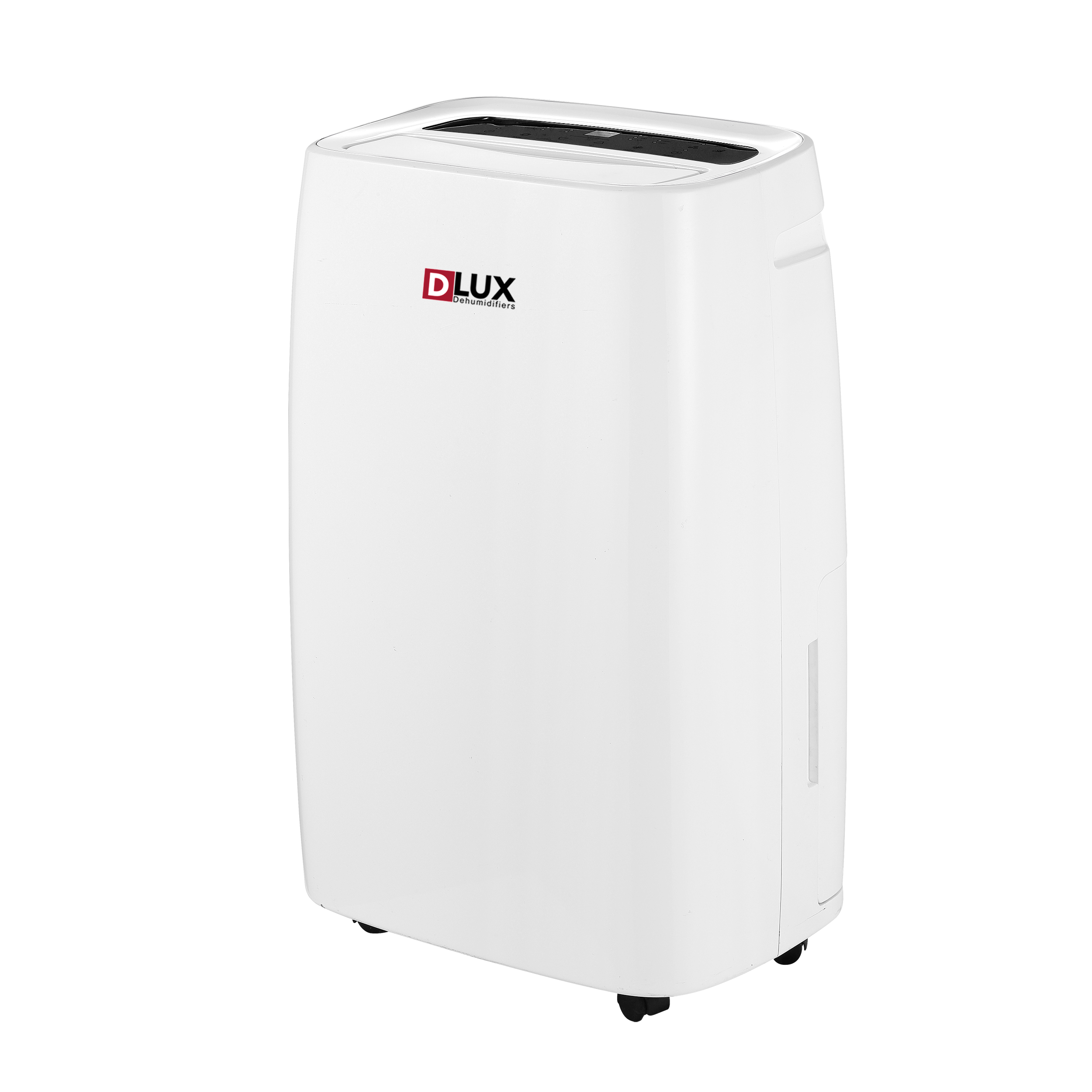
Air Conditioning Centre
Air Conditioning Centre DLUX-20L Portable Compressor Dehumidifier
- Extracts Up to 20 Litres of Moisture Per Day
- Built-In Humidity Sensor for Precise Control
- Large 6-Litre Tank with Full-Tank Alert
- Auto, Silent & Laundry Drying Modes
- Energy-Efficient, Low-Noise Operation
- Programmable 24-Hour Timer & 12-Hour Delay
- Washable Anti-Dust Filter for Cleaner, Healthier Air
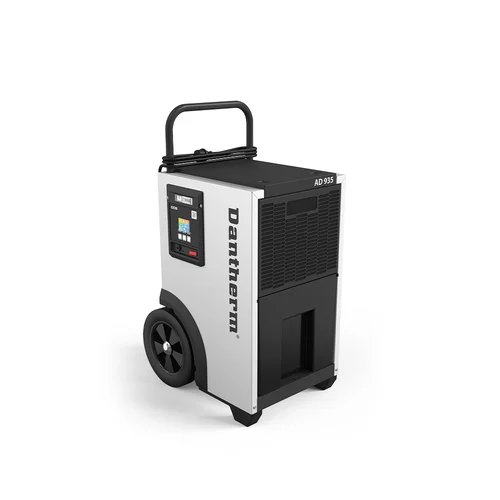
Dantherm
Dantherm AD 935 Condensation Dehumidifier
- 34 litre commercial condensation dehumidifier
- Durable steel build with mobile stackable design
- CC 6 smart control with remote monitoring option
- Two-speed fan with quiet Night Mode
- 8L tank and 15mm gravity drain connection
- Ideal for workshops, storage and restoration
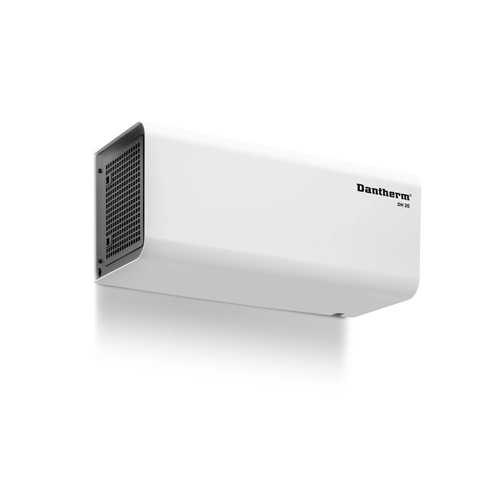
Dantherm
Dantherm DH Wall Mounted Condensation Dryer Range
- Wall Mounted Commercial Dehumidifier Range
- 18.4–45.8 Litres Per Day Extraction
- Electronic Humidity Control
- Corrosion Resistant Aluminium Build
- H Models Include An Additional Built In Heater
- Quiet Reliable Operation For Pool And Commercial Spaces
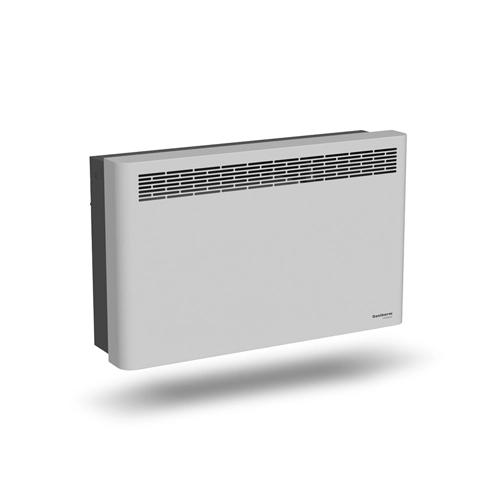
Dantherm
Dantherm DHC 33 / 55 / 77 Wall-Mounted Condensation Dryer Range
- Three wall-mounted models: DHC 33, 55 & 77
- 25–43 L per day extraction range
- Energy-efficient drying for commercial spaces
- Digital control with optional remote sensor
- Quiet, durable and low-maintenance design
- Buy online with fast UK delivery & price match
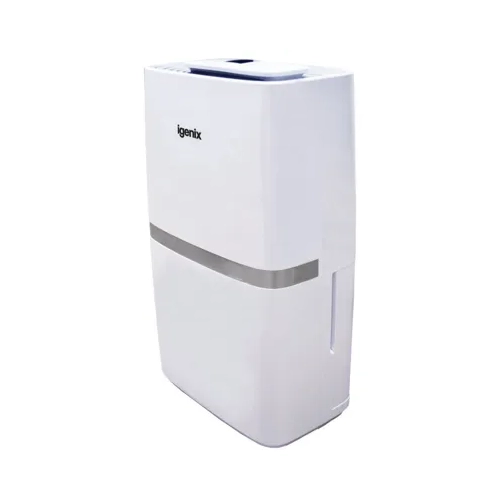
Igenix
Igenix IG9821 Portable Home Dehumidifier
- Removes up to 20 litres of moisture per day
- 5.5 litre water collection tank
- Easy humidistat controls with 24-hour timer
- Active carbon filter and ioniser for fresher air
- Continuous drainage option with hose supplied
- Four operating modes including Laundry Dry and Sleep
- Quiet bedroom dehumidifier for night-time use
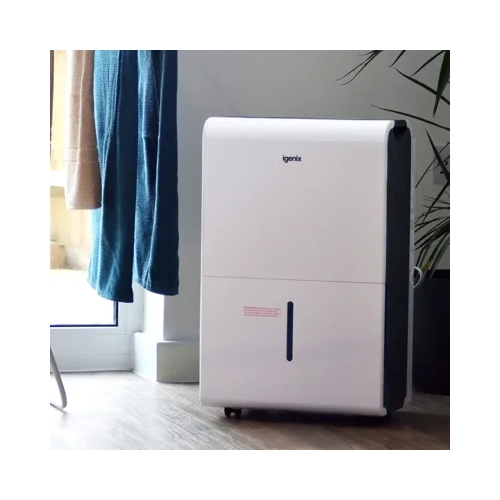
Igenix
Igenix IG9851 Portable Home Dehumidifier
- Extracts up to 50 litres of moisture per day
- Suitable for large rooms and basements up to 115m²
- 6L removable water tank with auto shut-off
- Continuous drainage option with hose included
- Manual and Auto modes with humidistat control
- Two fan speeds and 24-hour programmable timer
- Portable design with castors and integrated handles
Why Choose Us
Specialists in humidity control
At Climate Dry, we are your one-stop shop for cutting-edge drying equipment designed to tackle moisture-related challenges effectively. We provide premium dehumidifiers, water pumps, air movers, heaters, and other products that help maintain optimal humidity levels, combat dampness, and protect your spaces from water damage.

Superb Quality
We've only partnered with the best brands, handpicking the best products needed for your humidity control project

Expert Technical Advice
Our technical team are only a phone call away to help with any questions you may have

Price Match Guarantee
We're confident we offer the best value for money you will find and along with our warranty offers you won't need to go anywhere else.

